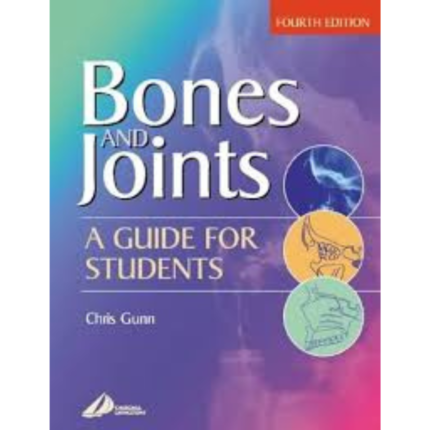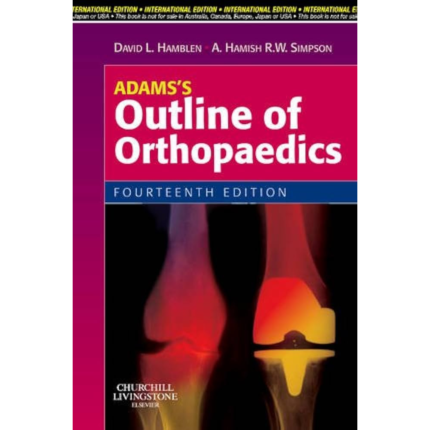Advancements in Robotic-Assisted Surgery :-
Robotic technology has significantly improved precision in orthopedic surgeries, particularly in joint replacements such as knee and hip arthroplasties. Robotic systems assist surgeons in achieving better alignment and positioning, leading to faster recovery and improved outcomes.
3D Printing for Custom Implants and Prosthetics :-
The use of 3D printing has enabled the production of patient-specific implants, prosthetics, and surgical tools. Customization enhances compatibility and fit, reducing complications and improving patient comfort and mobility.
Biologic Therapies and Regenerative Medicine :-
Orthopedics is seeing a rise in regenerative treatments like platelet-rich plasma (PRP) therapy, stem cell injections, and tissue engineering to promote healing in cartilage injuries, tendinopathies, and bone defects.
Minimally Invasive Surgical Techniques :-
There is a growing emphasis on minimally invasive approaches, such as arthroscopy, which reduce surgical trauma, postoperative pain, and hospital stay duration, leading to quicker patient recovery and fewer complications.
AI and Machine Learning in Diagnosis and Treatment Planning :-
Artificial Intelligence is being integrated into imaging and data analysis, allowing for earlier and more accurate diagnosis of musculoskeletal conditions, as well as personalized treatment strategies based on predictive analytics.
Enhanced Rehabilitation and Wearable Technology :-
New rehabilitation protocols combined with wearable sensors and smart devices help monitor patient progress post-surgery or injury in real-time, allowing therapists and physicians to adjust therapy plans more effectively.




Reviews
There are no reviews yet.